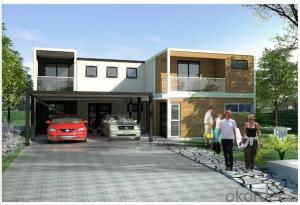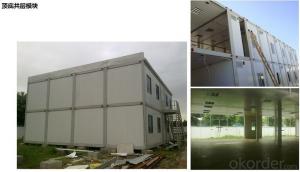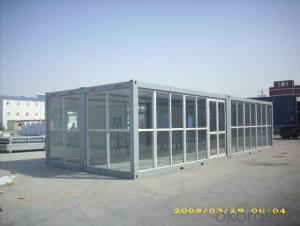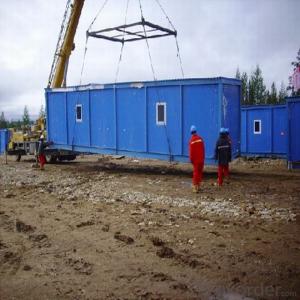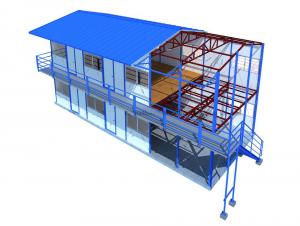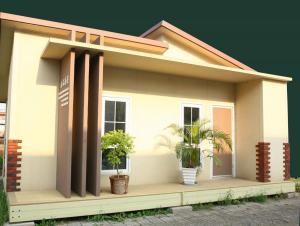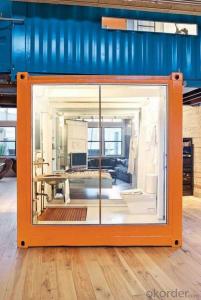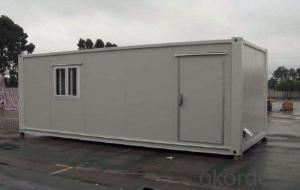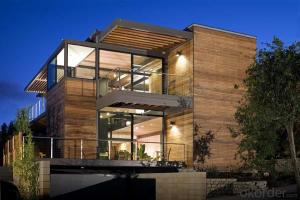Hot sell New Container House from the factory
- Loading Port:
- China Main Port
- Payment Terms:
- TT OR LC
- Min Order Qty:
- -
- Supply Capability:
- -
OKorder Service Pledge
OKorder Financial Service
You Might Also Like
Hot sell New Container House from the factory
Description
The container house is movable as a whole unity. This kind of container house is reusable usually as offices in domestic areas other than as habitable houses. Using a kind of 1150 modulus design, with security nets, doors and floor tile, its firm and safe. Cabinet unit structure for the introduction of steel and cold-formed steel welded together to make up standard components. The house can be designed just as just one unit or connected to a whole from several boxes, by simple connection such as bolts. Easy to assemble.
Container house has a wide range of applications. It can be used in temporary construction site, commercial industry, civil, military and other fields.
Technical Parameters
1).Designed and developed according to the standard size of shipping container;
2).Heatproof and waterproof;
3).Widely used as office, meeting room, dormitory, shop, booth, toilet, storage, kitchen, shower room, etc.
4).Size: 6058 * 2435 * 2790mm;
5).Components: adopts EPS, PU, or rock wool as heat insulation material;
6).All the components of the container house are up to standard and prefabricated with the advantage of easy installation and uninstallation.
7).Easy assembly and disassembly: Only six skilled workers are needed to finish three modular units in 8 hours;
8).One 40ft HQ container can load six sets of 5,950 x 2,310 x 2,740mm standard units or six sets of 6,055 x 2,435 x 2,740mm standard units;
9).The standard unit can be connected together at any direction or stack up to two or three stories;
10).Waterproof design of structure, fireproof, and heat insulation of material ensure the house to resist heavy wind load of 1.5kN/m2 and 7° seismic intensity;
11).Lifespan of the house: 20 to 25 years.
Advantage & Basic Design
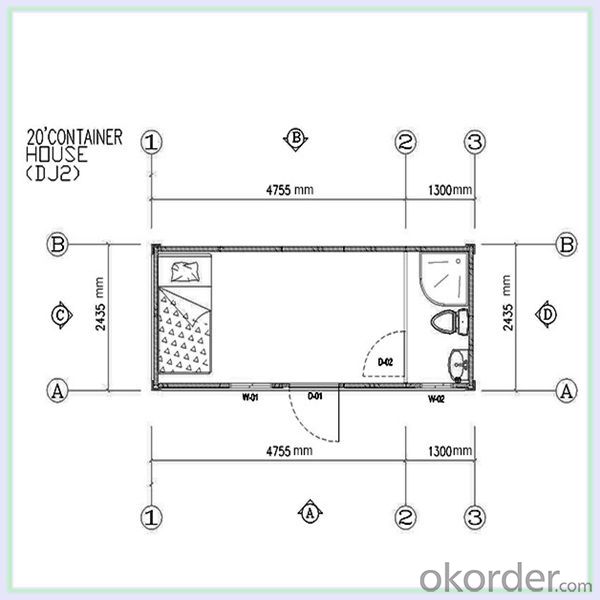
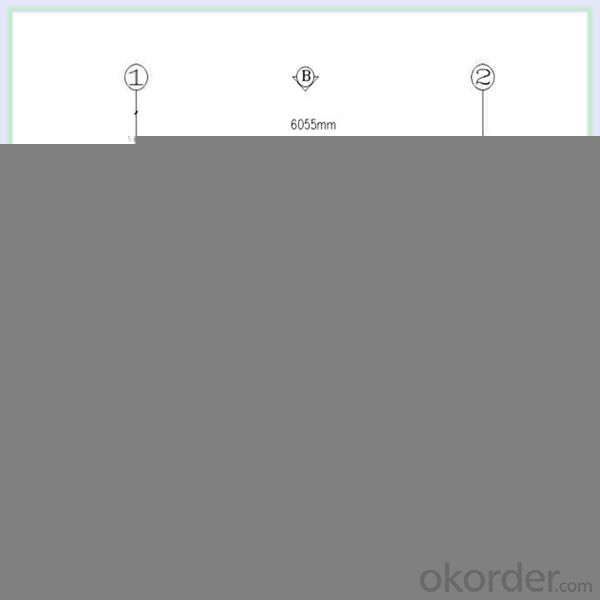

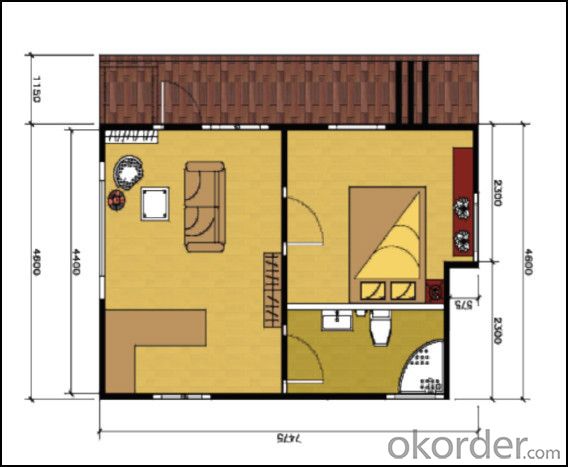
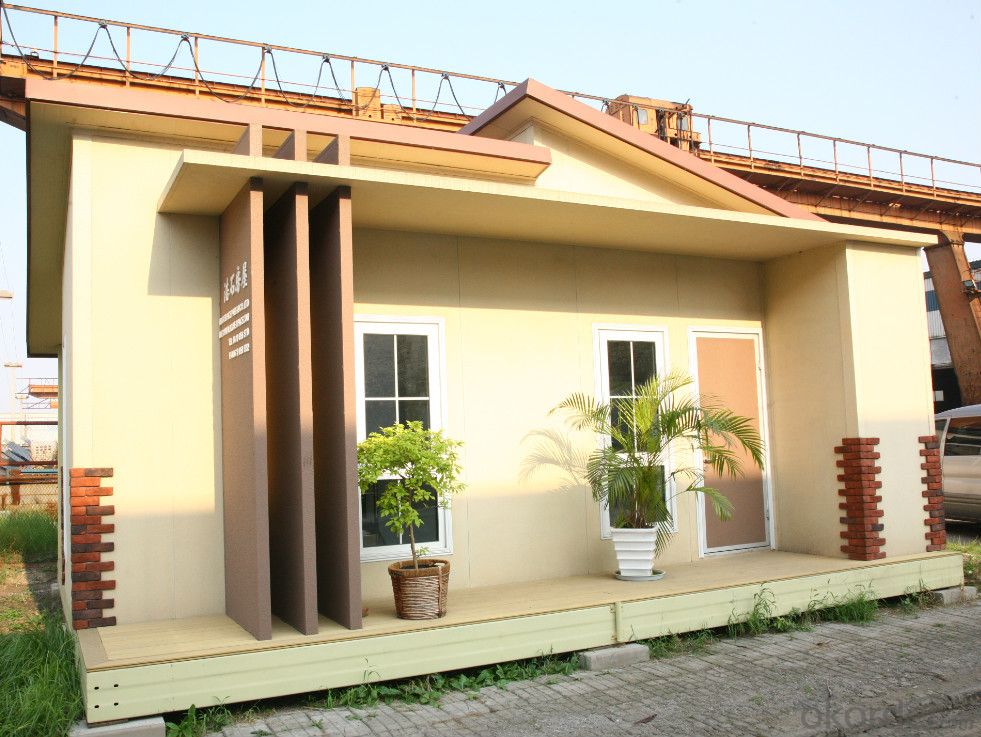
| Construction Efficiency | 2 worker in one day for one unit |
| Long life time | Max. 20 years |
| Roof load | 0.5KN/sqm (can reinforce the structure as required) |
| Wind speed | designing wind speed: 210km/h (Chinese standard) |
| Seismic resistance | magnitudes 8 |
| Temperature | suitable temperature.-50°C~+50°C |
Factory & Shippment
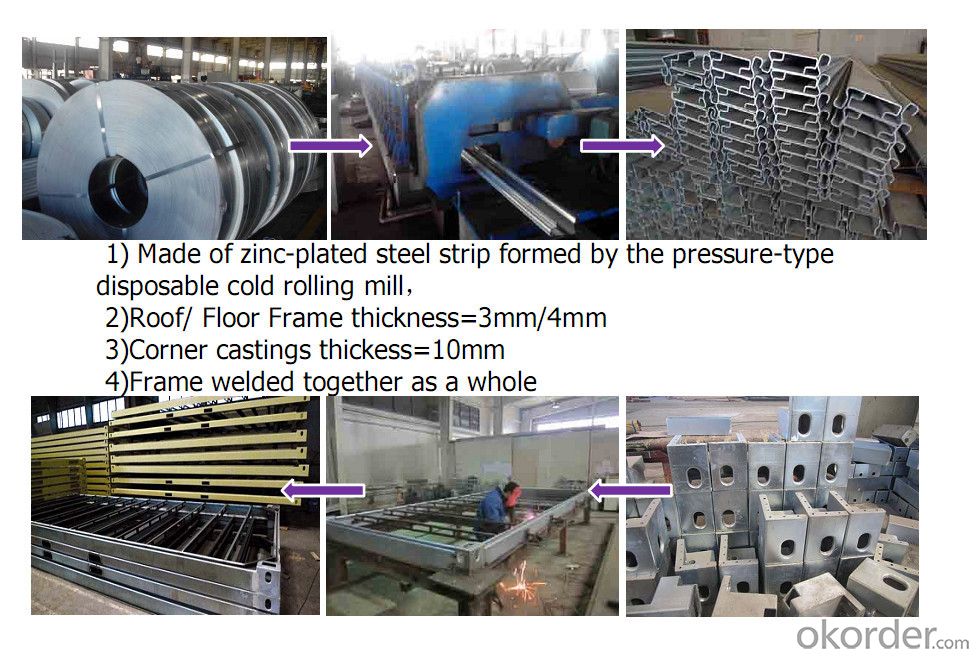
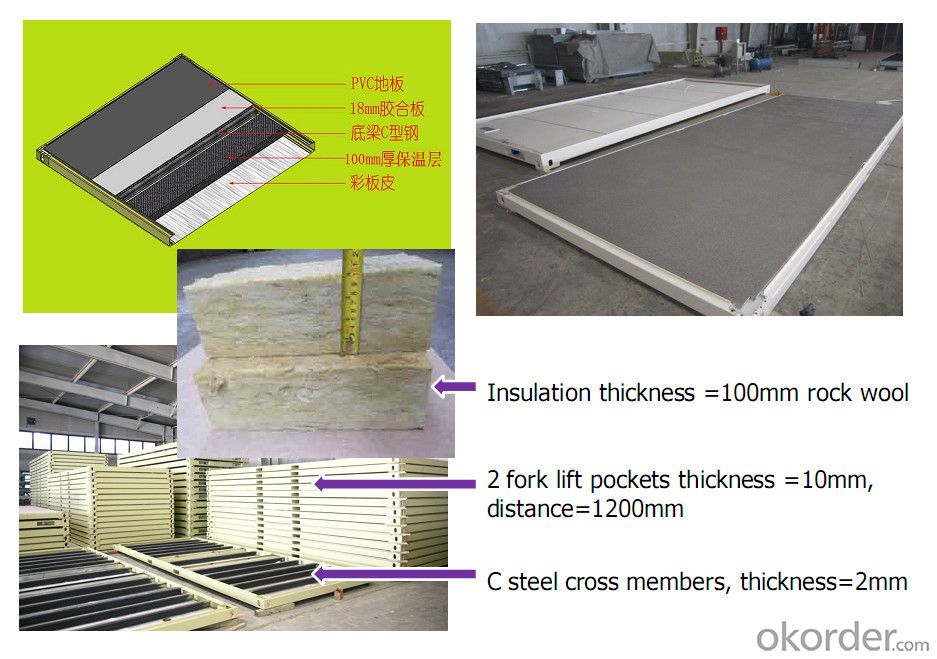
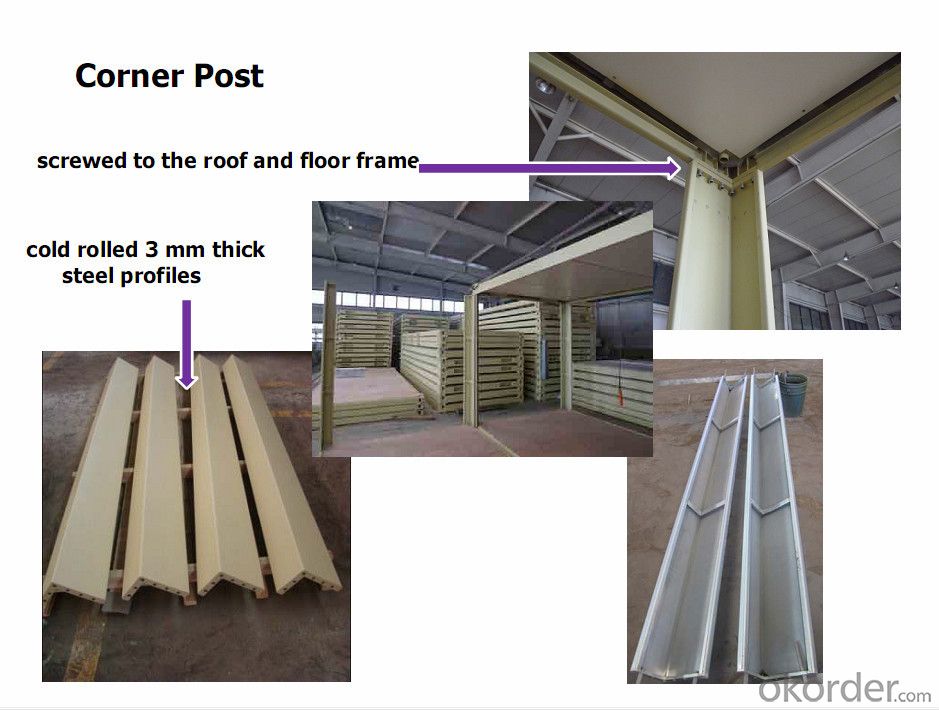
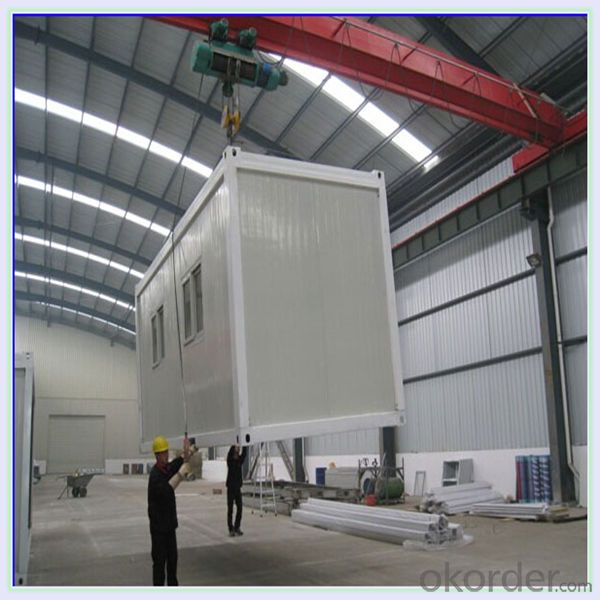
Application
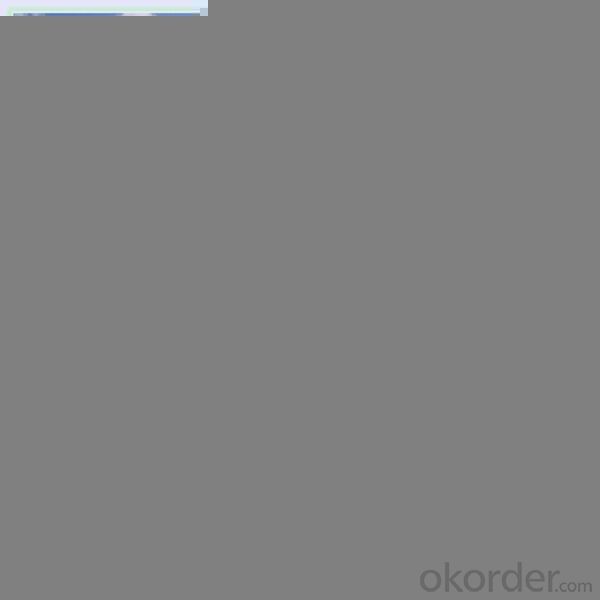

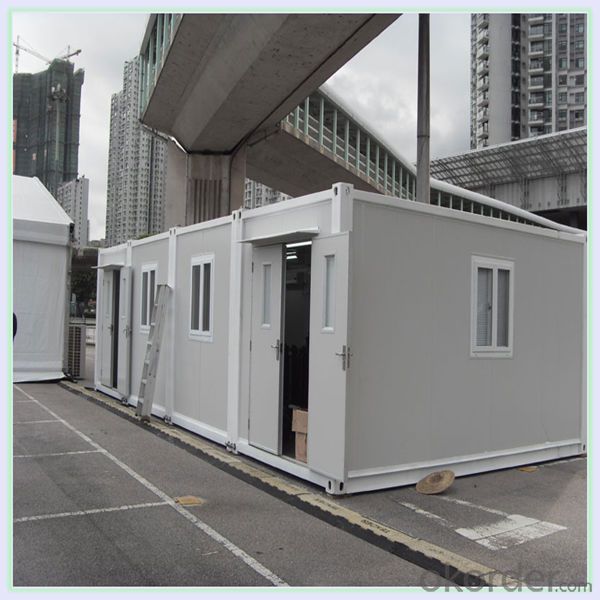
- Q: Can container houses be easily transported?
- Yes, container houses can be easily transported. One of the main advantages of using shipping containers as housing units is their inherent mobility. These containers are designed to be easily transported by trucks, trains, and ships, making them highly portable. They are built to withstand the rigors of transportation, including being stacked and moved multiple times, which makes them suitable for long-distance transportation. Additionally, container houses can be easily disassembled and reassembled, allowing for easy relocation to different sites or even countries. This flexibility in transportation makes container houses an attractive option for those who are looking for a movable or temporary housing solution.
- Q: What are the advantages of the container house?
- Third, the sealing performance is good, strict manufacturing process so that this activity room has a good watertight;
- Q: Can container houses be designed as weekend getaway homes?
- Yes, container houses can definitely be designed as weekend getaway homes. In fact, they are becoming increasingly popular for this purpose. Container houses offer several advantages that make them ideal for weekend getaways. Firstly, container houses are highly customizable, allowing you to design and create a unique space that suits your specific needs and preferences. With the right design and layout, you can transform a container into a cozy and comfortable weekend retreat. Secondly, container houses are relatively affordable compared to traditional homes or vacation properties. Containers can be purchased at a lower cost and converted into livable spaces at a fraction of the price of a conventional house. This affordability makes them an attractive option for those looking for a budget-friendly getaway home. Additionally, container houses are portable and easy to transport. This means that you can easily relocate your weekend getaway home to different locations, allowing you to explore new areas and enjoy different experiences. It also gives you the flexibility to move your getaway home to a more suitable location based on the season or personal preferences. Furthermore, container houses are eco-friendly. By repurposing shipping containers, you are effectively recycling and reducing waste. Additionally, container homes can be equipped with energy-efficient features such as solar panels, rainwater harvesting systems, and energy-saving appliances, making them environmentally sustainable options for a weekend retreat. Lastly, container houses can be designed to provide all the necessary amenities for a comfortable getaway experience. From bedrooms and bathrooms to kitchens and living areas, containers can be transformed into fully functional living spaces. With proper insulation and ventilation, container houses can offer the same level of comfort as traditional homes. In conclusion, container houses can be excellently designed as weekend getaway homes. They offer customization options, affordability, portability, sustainability, and the ability to provide all necessary amenities. With the right design and planning, container houses can provide a unique and enjoyable weekend escape.
- Q: How is the container made?
- can also be made of all thermal insulation panels, the installation of air conditioning, television, wash pool, bed and other items that can.
- Q: How do container houses compare to traditional houses in terms of resale value?
- Container houses typically have a lower resale value in comparison to traditional houses, primarily because they differ from traditional homes in a few aspects. Firstly, container houses are often viewed as unconventional and less mainstream, which can limit their appeal to a broader range of potential buyers. Moreover, container houses generally have limited square footage and may lack certain amenities and features commonly found in traditional homes. Additionally, the construction materials used in container houses, such as steel and corrugated metal, may not possess the same level of aesthetic appeal or durability as the materials employed in traditional houses. This can negatively affect the overall perceived value of the property. Nevertheless, it is worth noting that the resale value of a container house can also be influenced by various factors like its location, design, and customization. If the container house is situated in a desirable location, designed with meticulous attention to detail, and incorporates high-quality finishes, it may attract a niche market of buyers who appreciate the unique charm of container living, potentially increasing its resale value. Ultimately, although container houses generally do not possess the same resale value as traditional houses, there are circumstances in which they can retain their value or even appreciate.
- Q: Can container houses be designed for solar power?
- Solar power can definitely be incorporated into the design of container houses. In fact, container houses are well-suited for solar power systems due to their modular design and flat roofs. Installing solar panels on the roof of a container house is easy and maximizes exposure to sunlight. Different types of solar power systems, such as photovoltaic (PV) panels or solar thermal collectors, can be integrated into container houses. PV panels convert sunlight into electricity, while solar thermal collectors utilize the sun's heat for hot water or space heating. Both systems can be incorporated into container houses, providing renewable and clean energy for various purposes. The compact size of container houses makes them ideal for off-grid living or remote locations with limited access to the power grid. By installing enough solar panels and utilizing energy storage solutions, container houses can become self-sufficient and independent from traditional power sources. Furthermore, container houses can be designed to optimize energy efficiency, which enhances the benefits of solar power. Proper insulation, energy-efficient windows, and efficient appliances reduce energy consumption, making it easier for solar power systems to meet the residents' energy needs. In conclusion, container houses can be intelligently designed to incorporate solar power systems, making them more sustainable, environmentally friendly, and even self-sufficient in terms of energy.
- Q: Are container houses suitable for minimalist living?
- Yes, container houses are highly suitable for minimalist living. Their compact and modular design promotes simplicity and encourages individuals to prioritize essential belongings and declutter unnecessary items. Container houses also offer efficient space utilization and can be customized to suit minimalist aesthetics, making them an ideal choice for those seeking a minimalist lifestyle.
- Q: Can container houses be designed with off-grid wastewater treatment systems?
- Yes, container houses can definitely be designed with off-grid wastewater treatment systems. Off-grid wastewater treatment systems are specifically designed to handle and treat sewage and wastewater in areas that are not connected to a centralized sewer system. These systems make use of various technologies such as septic tanks, composting toilets, and advanced treatment systems like constructed wetlands or anaerobic digesters. Container houses, being modular and portable, can easily accommodate such off-grid wastewater treatment systems. The compact size of containers allows for the installation of septic tanks or composting toilets within the house itself. These systems can effectively treat and process the waste generated within the container house, ensuring proper sanitation and disposal of wastewater. Furthermore, container houses can also be designed with more advanced off-grid wastewater treatment systems. For example, constructed wetlands can be created outside the container house to treat wastewater naturally using plants and soil. Anaerobic digesters can also be incorporated to convert organic waste into biogas, which can be used for cooking or heating purposes. Overall, container houses offer great flexibility in terms of design and can easily be integrated with off-grid wastewater treatment systems. This not only promotes sustainable living and self-sufficiency but also ensures proper sanitation and environmental stewardship.
- Q: Can container houses be designed with multiple floors?
- Yes, container houses can indeed be designed with multiple floors. The modular and stackable nature of shipping containers allows for vertical expansion, making it possible to create multi-story container homes by stacking containers on top of each other and reinforcing the structure accordingly.
- Q: Are container houses suitable for areas with extreme weather conditions?
- Container houses can be suitable for areas with extreme weather conditions, but it depends on various factors. Proper insulation, ventilation, and reinforcement are crucial to withstand harsh climates. Additionally, modifications like using thicker insulation, reinforced framing, and weather-resistant materials can make container houses more resilient. However, it is essential to consult with experts and consider local climatic conditions before deciding on container houses in such areas.
Send your message to us
Hot sell New Container House from the factory
- Loading Port:
- China Main Port
- Payment Terms:
- TT OR LC
- Min Order Qty:
- -
- Supply Capability:
- -
OKorder Service Pledge
OKorder Financial Service
Similar products
Hot products
Hot Searches
Related keywords
